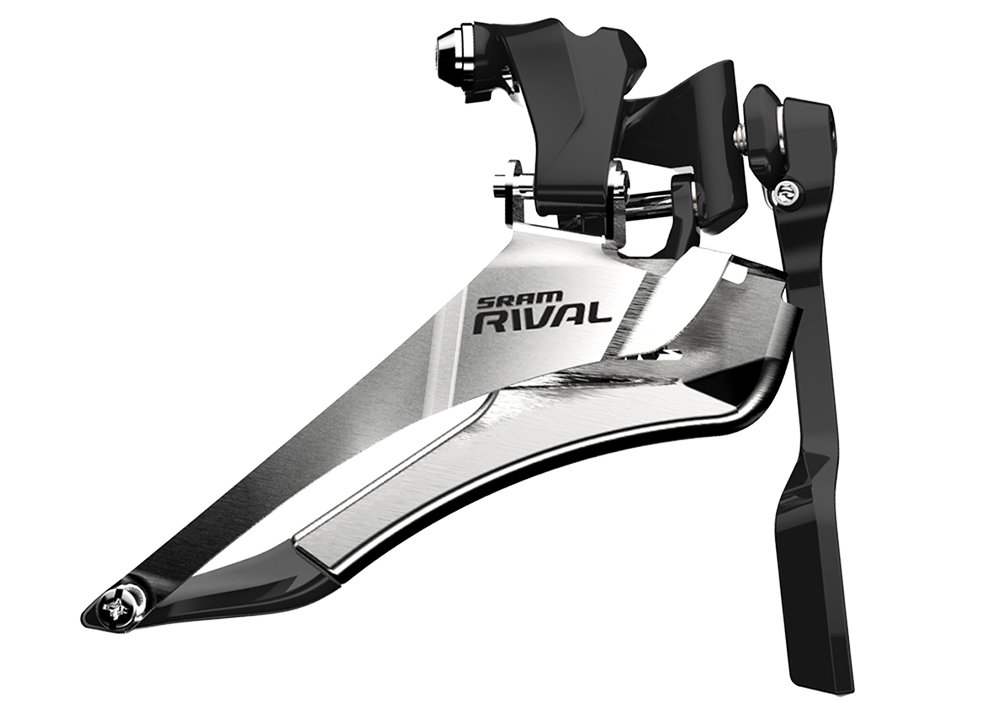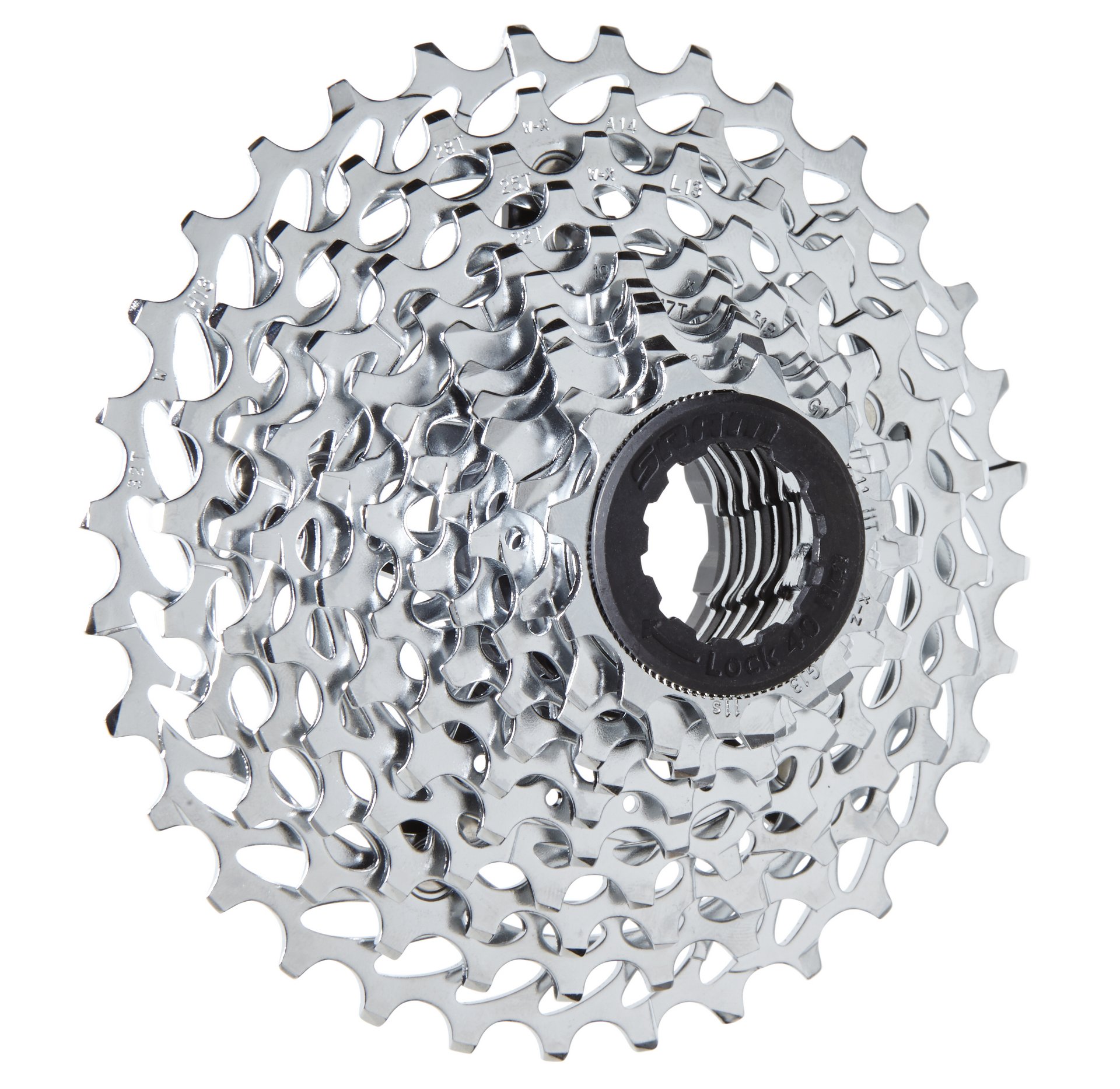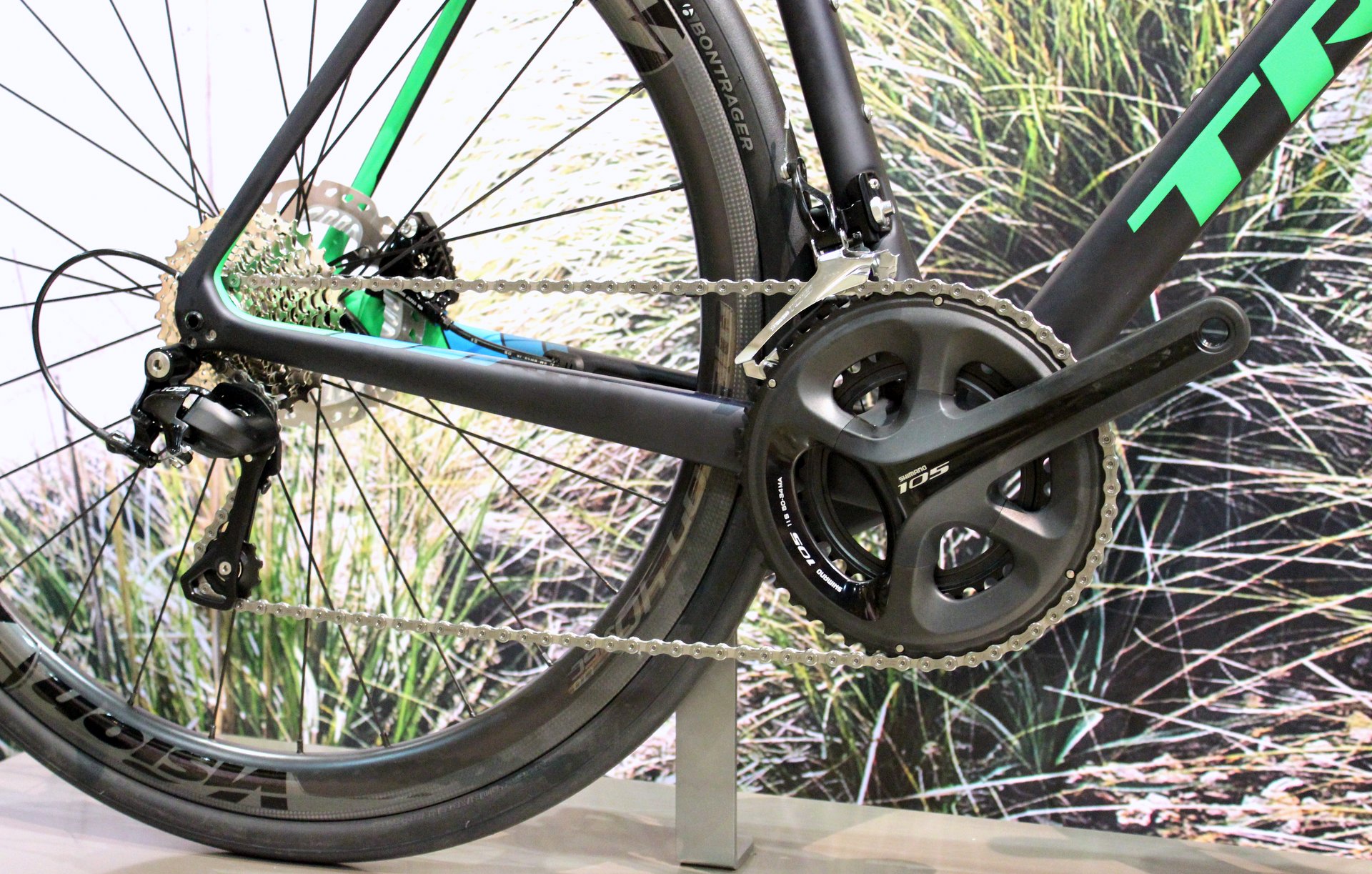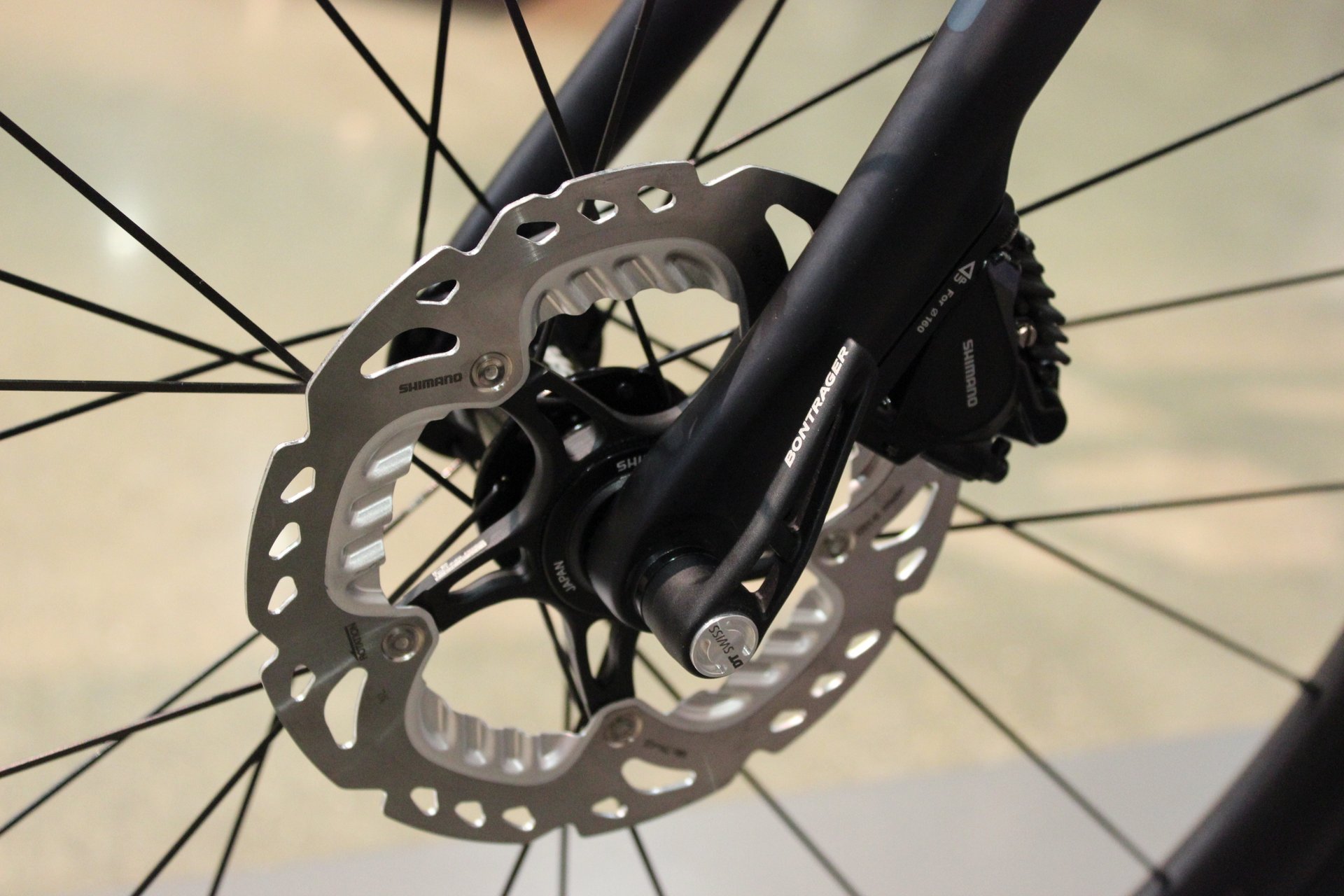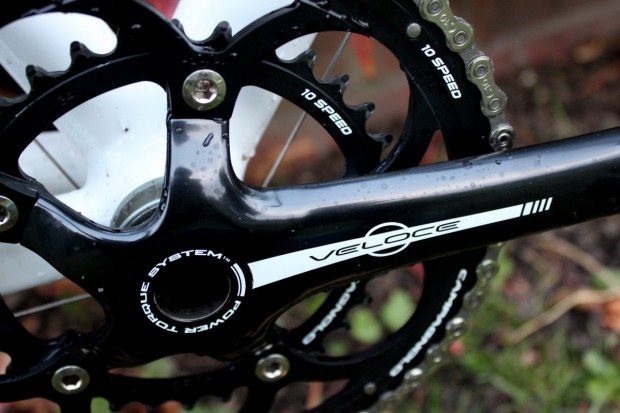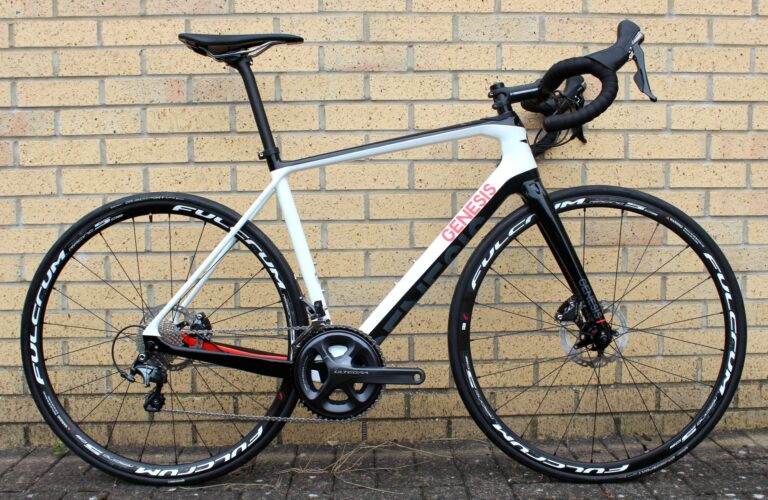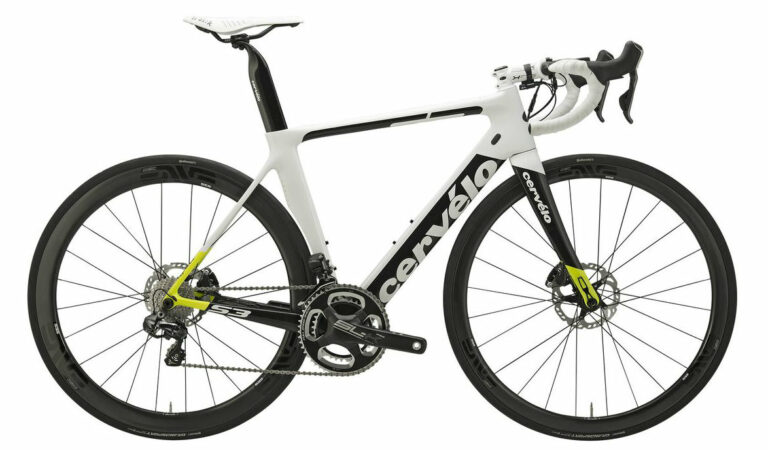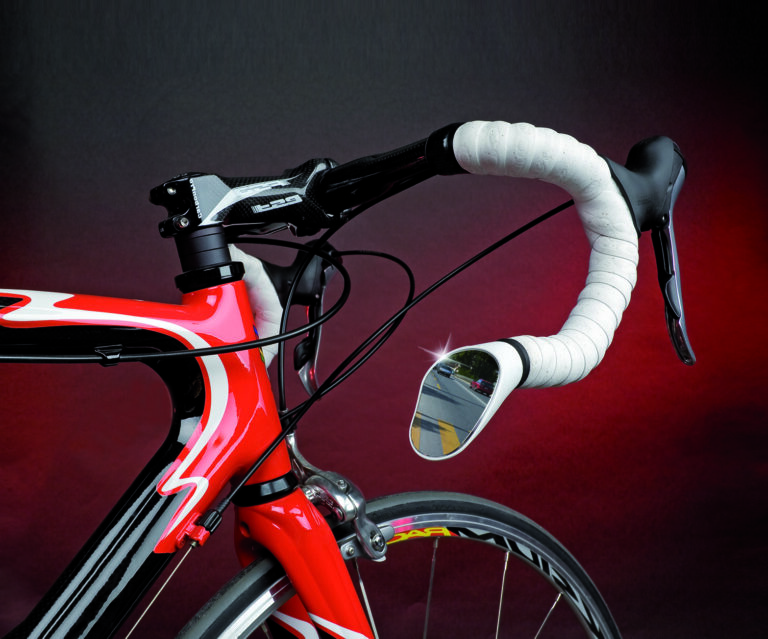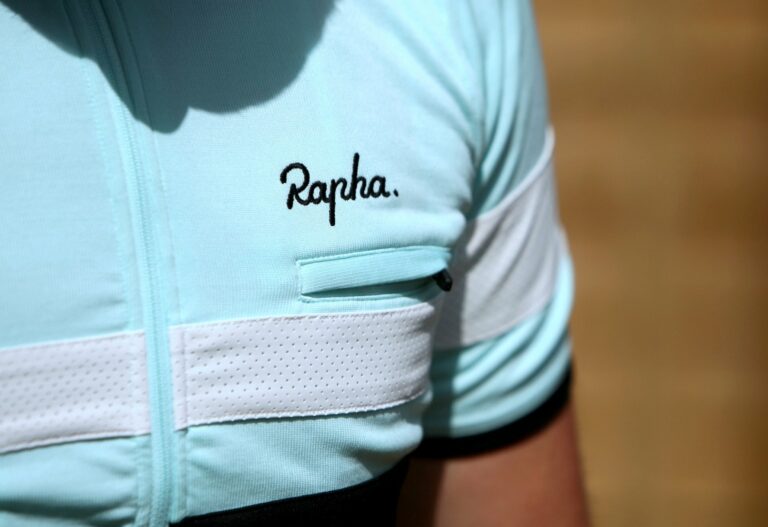The groupset market is wide-ranging, with various tiers suiting every rider, and systems from Shimano, SRAM and Campagnolo. Essentially, you can buy a complete groupset for as little as £350, or you can spend up to £3,000 in search of pro-level kit.
In this feature, we’ve compared two of the most popular mid-range groupsets, Shimano’s 105, and SRAM’s Rival 22, which are designed to give the biggest ‘bang for your buck’. Accessible, race-ready 11-speed shifting at an affordable price point – and, as a result, you’ll see these groupsets specced on plenty of bikes. But which is better?
First, let’s quickly recap on Shimano and SRAM’s mechanical groupset hierarchies. If you’re not familiar, they go like this. Shimano tops out with Dura-Ace, then moves through Ultegra, 105, Tiagra, Sora and Claris, while Red is SRAM’s top-of-the-range groupset, before you get to Force, Rival and Apex. While Shimano have move groupset levels, 105 and Rival sit head-to-head on the third tier.



